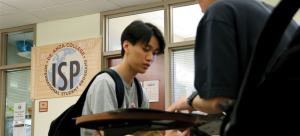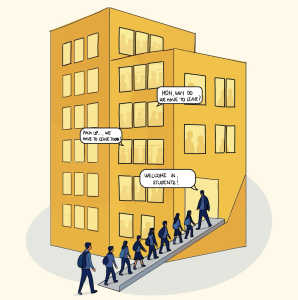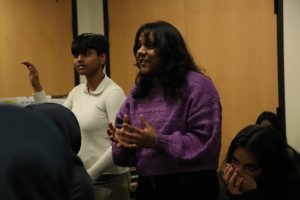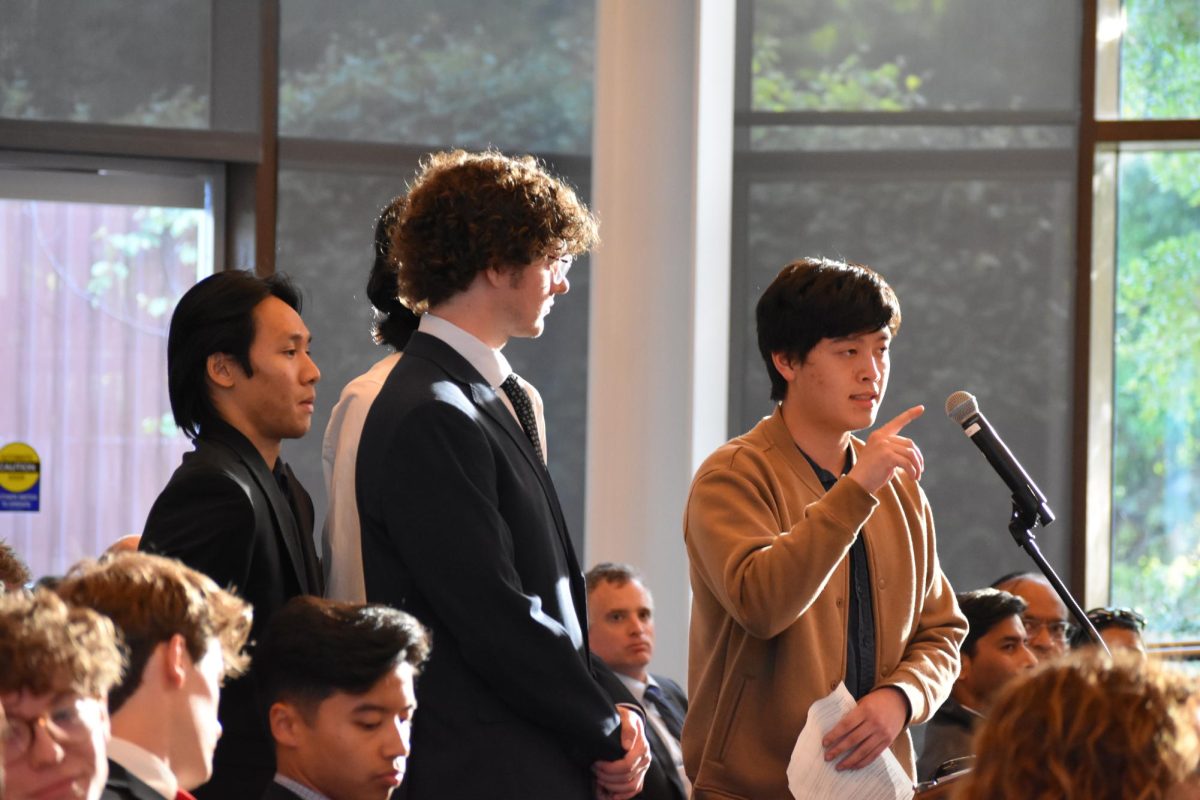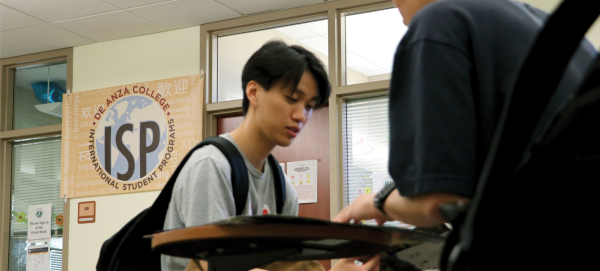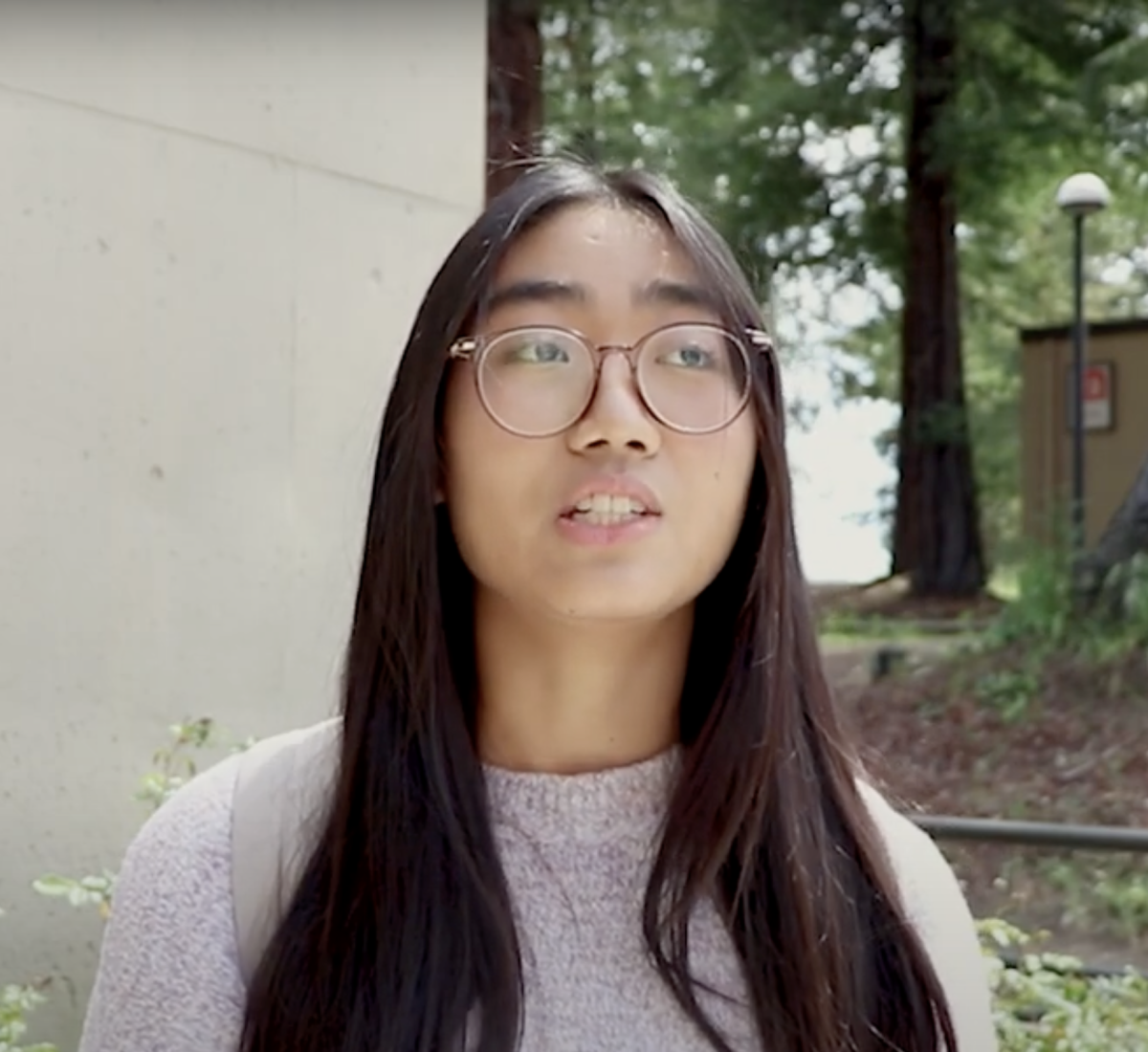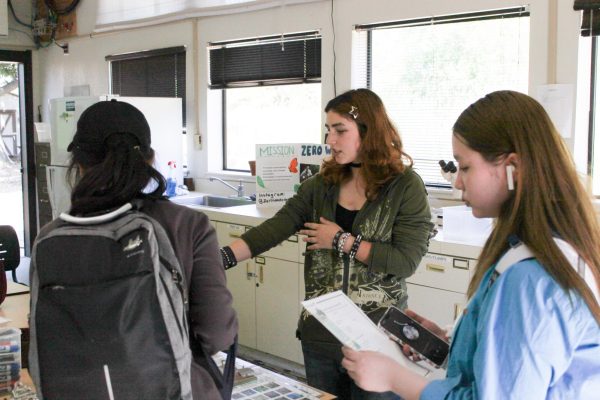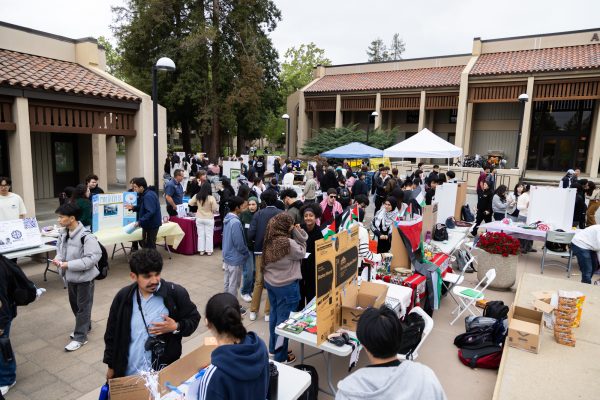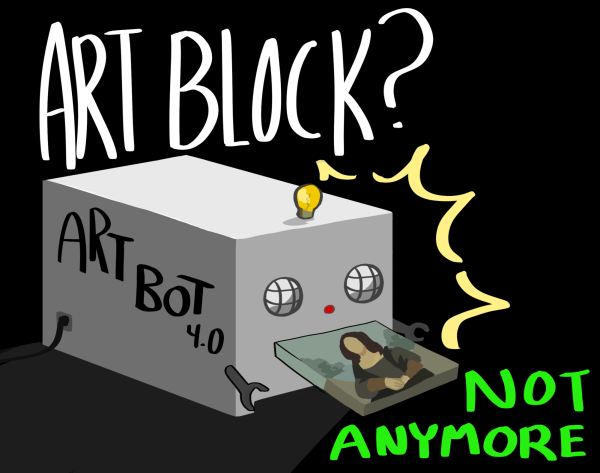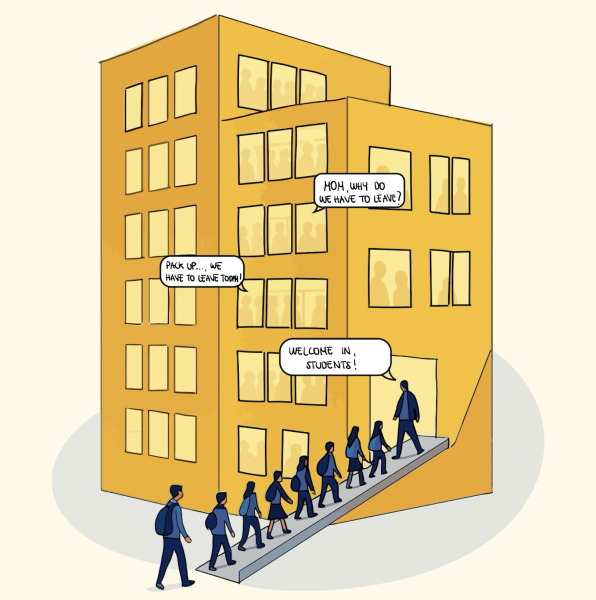Women’s Studies Department helps students and faculty navigate online, they have had practice
May 20, 2020
Amid the transition to online learning due to the effects of the COVID-19 pandemic, De Anza College’s women’s studies department is offering guidance to instructors and students alike since it has taught primarily online for years.
Marc Coronado, chair of the women’s studies department at DeAnza College, has spent the last 10 years teaching online.
She said online instruction makes learning more accessible because often many students have responsibilities outside of school such as working and caring for family members.
Now, all students are transitioning to online learning due to the effects of the COVID-19 pandemic; a transition which Coronado said hasn’t been seamless.
“There is a big learning curve for students new to online,” Coronado said.
Despite having previous online teaching experience, Rosanna Alvarez, women’s studies instructor at De Anza College and San Jose State University said there are challenges unique to pandemic caused remote learning.
“It’s different when you have a bunch of students who signed up to take courses online versus having students thinking they’re going to take a face-to-face class and then we find ourselves in a collective global pandemic,” Alvarez said.
Faculty are also navigating online communication platforms for the first time.
“Only about 20% of our faculty were teaching online before we all had to go online,” Coronado said.
Coronado said she recognizes that while she has become accustomed to teaching remotely, other instructors and students may need time to adjust to online learning.
“Be kind, be patient, and be flexible because we are all in this together”, Coronado said.
Alvarez, who has taught primarily using Canvas for the past five years, said she has been uploading pre-recorded lectures because it allows students the flexibility to watch the video when it fits into their schedules.
Alvarez also stressed the importance for instructors not only offer patience and flexibility to students, but to themselves as well.
“Normally I would know when the neighborhood’s pretty quiet and when I’m gonna record a lecture, but with the neighbors making a home gym in their backyard and blasting music at random hours of the day, that’s not always the case anymore,” she said.
To compound the challenge of making lesson plans, doing homework, studying for tests and writing essays, COVID-19 and the resulting shelter-in-place orders have added additional financial stressors for students and faculty that can affect their cognitive ability, said Alvarez.
“People under severe stress don’t have the same mental capacity,” she said, “to just function.”
To provide an outlet for students to communicate how they are feeling and what they need, Marc Coronado assigns a weekly written check-in for students in her courses.
“Instructors recalibrating their courses to operate online in the middle of a pandemic, while constantly adapting to meet the needs of their students, requires a different extension of patience,” Alvarez said. “We can use a lot more tapping into our collective humanity.”






